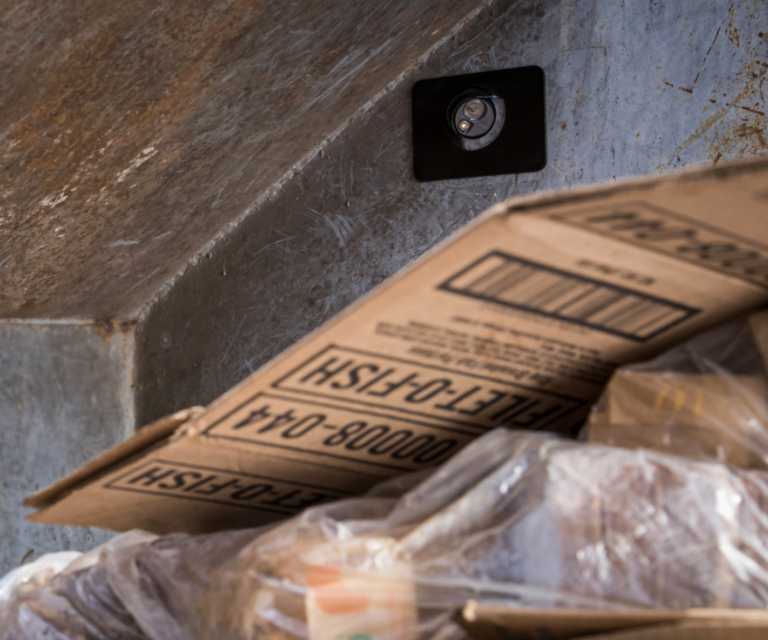Did you know, the average front load dumpster is 53% full when collected? What’s more, 13% of scheduled pickups do not happen!
We know this from the 160,000 waste metering and monitoring sensors installed in dumpsters nationwide by our partner Compology, a nationwide leader in remote waste sensor technology. Complogy’s wireless, remote AI-powered sensors keep an eye on dumpsters with smart cameras that take images three times a day, as well as when they are triggered by the dumpster being moved, such as when a hauler makes a pickup.
With waste costs rising, more businesses are installing sensors to give them the advantage of better data. Here are three ways sensors are changing the face of waste.
#1
Right Sizing and Service Optimization
While the assumption is that dumpsters are picked up when they are 100% full, the reality, as shown by data from sensors nationwide, is that the average front load dumpster is only 53% full when picked up. Most businesses are paying to haul a lot of air.
Businesses can use the fullness data provided by the sensors to right-size service, such as decreasing bin size and pick-up frequency to match waste generation. Optimizing service leads to more efficient and cost-effective waste removal.
# 2
Analysis and Reporting
Waste metrics have become vital as companies develop ambitious sustainability goals and report their performance to agencies like the CDP and GRESB. Verifiable and more accurate waste data from waste sensors is key to reporting.
But businesses must also be able to analyze the data to reap the full benefits. For example, Great Forest analyzes Compology sensor data to understand contamination levels, such as if a large amount of recyclable materials is being discarded in the trash, or if there is trash being disposed of in the recycling bin. Based on this analysis, Great Forest takes action, such as adding appropriate waste diversion equipment and service to reduce costs and environmental impact. This data is then fed into the Great Forest Sustainability metrics portal, where it can be easily downloaded for reporting.
Smarter dumpsters mean more accurate data, which means more effective decisions can be made, and measured, for reporting.
#3
Hauler Accountability
With data showing that 13% of scheduled pickups do not happen, a lot of businesses are paying for irregular service. This also leads to many hours of staff time wasted identifying and trying to solve scheduling problems.
With sensors triggered by the dumpster being moved, clients receive data such as the number of pickups missed each month, which reveal patterns of service irregularities. With this data, effort can then be made to work with the hauler to improve performance, or look for and negotiate new service. Great Forest was able to help one client save 140 hours of staff time and avoid overflowing dumpsters through utilizing sensor data.
Learn more:
Read the Case Study: See how waste sensors helped to achieve measurable and efficient waste programs at a group of 14 residential communities


